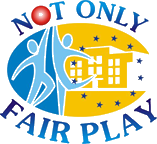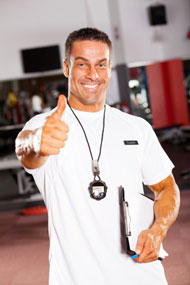
- Home
- Best
Practices - Toolkits
How to ... - Sport
Events - Guidelines
- Information
& Contacts - Project Management
A collection of student stories and initiatives about sport.
This section offers access to a collection of toolkits to promote sport at school.
-
 Physical Education Teachers
They are the main point of reference for students at school
Physical Education Teachers
They are the main point of reference for students at school
-
 Teachers
Teachers of all subjects can contribute to promote sport at school
Teachers
Teachers of all subjects can contribute to promote sport at school
-
 School Directors
Their support is a key element to promote sport at school
School Directors
Their support is a key element to promote sport at school
-
 Resources
A database of resources for teachers, PE teachers and school directors for the promotion of sport at school.
Resources
A database of resources for teachers, PE teachers and school directors for the promotion of sport at school.
Sporting events are organised in each partner country
Guidelines for policy makers willing to raise awareness on the importance of promoting sport in schools
Events
The Not Only Fair Play project has been promoted through conferences and articles.
Partnership
-
 Contractual Partners
From this section it is possible to access a description of each contractual partner of the Not Only Fair Play project.
Contractual Partners
From this section it is possible to access a description of each contractual partner of the Not Only Fair Play project.
-
 Schools
From this section it is possible to access information about the schools involved in the Not Only Fair Play Project in the 9 European countries involved.
Schools
From this section it is possible to access information about the schools involved in the Not Only Fair Play Project in the 9 European countries involved.
-
 Associated Partners
A number of associated partners officially joined the project in order to ensure the project sustainability by continuing to use the project deliverables over the next years.
Associated Partners
A number of associated partners officially joined the project in order to ensure the project sustainability by continuing to use the project deliverables over the next years.
This section of the Not Only Fair Play portal provides administrative information for the project contractual partners and for the European Commission, and is password protected.
Physical Education Teachers
Homepage > Toolkits > Physical Education Teachers

They are the main point of reference for students at school
Back to the Physical Education Teachers Toolkits
How to Motivate Students
Who Are Not Usually Involved In Physical Education Activities
A Toolkit for Physical Education Teacher
The group class during the development of motor activity implements relational, and physical education teacher in the first phase should be observed carefully to set the follow-up activities and to communicate with students about their ability.
In proposing a ANALYSIS OF LEVELS OF DEPARTURE, the teacher should detect motor skills: coordinative and conditional.
Working in groups is important to monitor and detect the sense of sociability and responsibility. Operating within a space, the teacher must observe the level of self-control.
At this stage, the teacher can use different INSTRUMENTS TO DETECT LEVELS OF DEPARTURE. The teacher may have to test engines, can use observation "free" for the evaluation of motor skills. The observation phase is the starting point to begin the phase of communication, with interviews with the class and dialogue with individual pupils.
- Observation of the studentsThis website offers a list of tools for teachers. This tool will help you discover what kind of tasks you are giving your students to perform.


